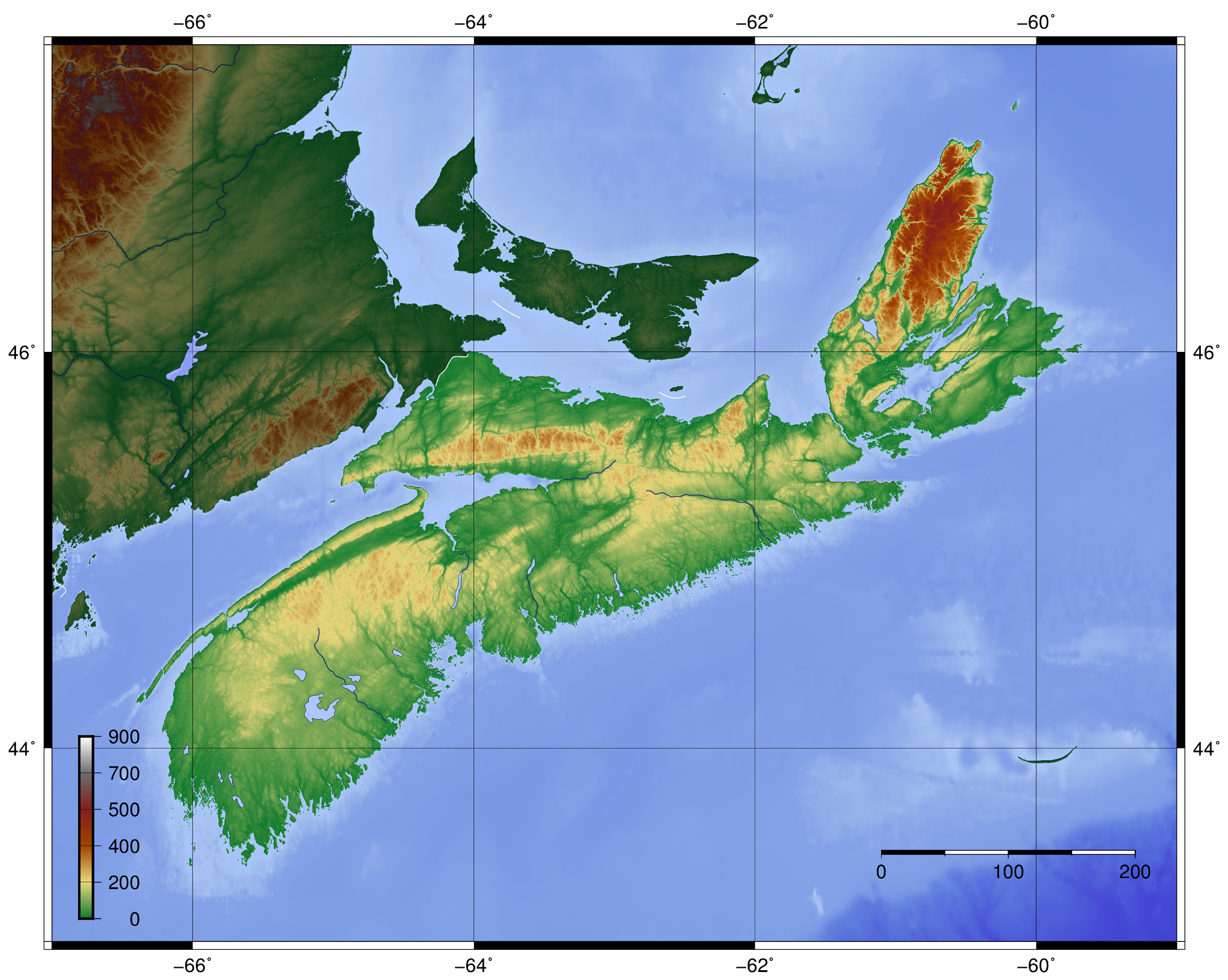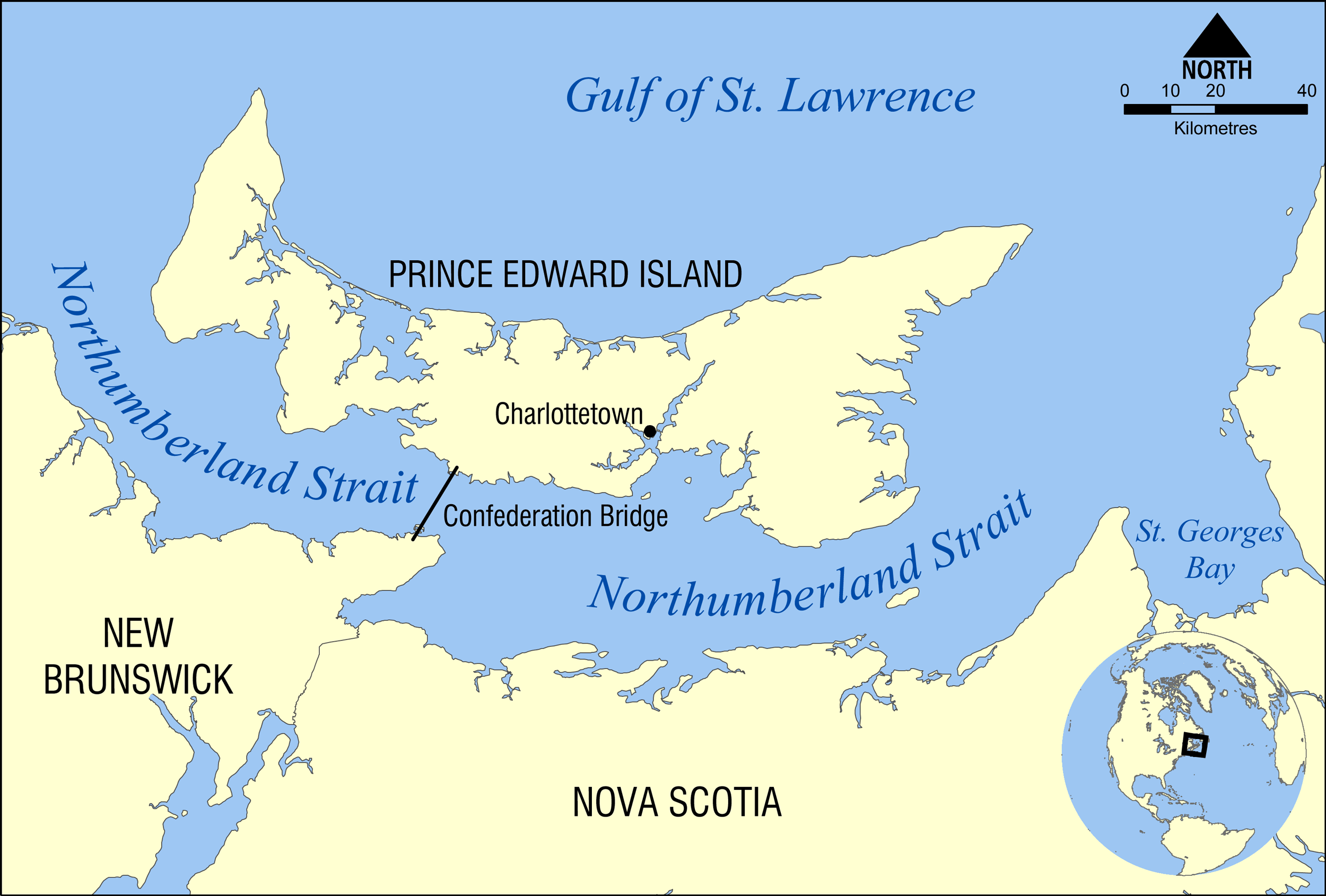|
Oxford Junction, Nova Scotia
Oxford Junction is a Canadian rural community in Cumberland County, Nova Scotia, which lies approximately 5 kilometers to the southwest of the town of Oxford. Oxford Junction received its name from its railway heritage. The Intercolonial Railway of Canada built its Halifax- Montreal mainline through the area in the early 1870s. In the late 1880s, the ICR built a line nicknamed the "Short Line" along the Northumberland Strait shore of Nova Scotia from Oxford Junction to Stellarton Stellarton is a town located in the Canadian province of Nova Scotia. It is adjacent and to the south of the larger town of New Glasgow. In pioneer times the area was called Coal Mines Station, and from 1833 until 1889, it was known as Albion Min ... but it was abandoned in 1986. Many of the homes built in the early 1900s still stand to this day, and several are still in use. References * Communities in Cumberland County, Nova Scotia {{CumberlandNS-geo-stub ... [...More Info...] [...Related Items...] OR: [Wikipedia] [Google] [Baidu] |
Rural
In general, a rural area or a countryside is a geographic area that is located outside towns and cities. Typical rural areas have a low population density and small settlements. Agricultural areas and areas with forestry typically are described as rural. Different countries have varying definitions of ''rural'' for statistical and administrative purposes. In rural areas, because of their unique economic and social dynamics, and relationship to land-based industry such as agriculture, forestry and resource extraction, the economics are very different from cities and can be subject to boom and bust cycles and vulnerability to extreme weather or natural disasters, such as droughts. These dynamics alongside larger economic forces encouraging to urbanization have led to significant demographic declines, called rural flight, where economic incentives encourage younger populations to go to cities for education and access to jobs, leaving older, less educated and less wealthy p ... [...More Info...] [...Related Items...] OR: [Wikipedia] [Google] [Baidu] |
Cumberland County, Nova Scotia
Cumberland County is a county in the Canadian province of Nova Scotia. History The name Cumberland was applied by Lieutenant-Colonel Robert Monckton to the captured Fort Beauséjour on June 18, 1755 in honour of the third son of King George II, William Augustus, Duke of Cumberland, victor at Culloden in 1746 and Commander in Chief of the British forces. The Mi'kmaq name for the area was "Kwesomalegek" meaning "hardwood point". Cumberland County was founded on August 17, 1759. When the Township of Parrsboro was divided in 1840, one part was annexed to Cumberland County and the other part annexed to Colchester. The dividing line between Cumberland and Colchester was established in 1840. In 1897, a portion of the boundary line between the Counties of Colchester and Cumberland was fixed and defined. The county thrived in the 19th century with the development of lumbering, shipbuilding and coal mining. Deforestation and rural outmigration in the 20th century led to the abandonm ... [...More Info...] [...Related Items...] OR: [Wikipedia] [Google] [Baidu] |
Nova Scotia
Nova Scotia ( ; ; ) is one of the thirteen provinces and territories of Canada. It is one of the three Maritime provinces and one of the four Atlantic provinces. Nova Scotia is Latin for "New Scotland". Most of the population are native English-speakers, and the province's population is 969,383 according to the 2021 Census. It is the most populous of Canada's Atlantic provinces. It is the country's second-most densely populated province and second-smallest province by area, both after Prince Edward Island. Its area of includes Cape Breton Island and 3,800 other coastal islands. The Nova Scotia peninsula is connected to the rest of North America by the Isthmus of Chignecto, on which the province's land border with New Brunswick is located. The province borders the Bay of Fundy and Gulf of Maine to the west and the Atlantic Ocean to the south and east, and is separated from Prince Edward Island and the island of Newfoundland (island), Newfoundland by the Northumberland Stra ... [...More Info...] [...Related Items...] OR: [Wikipedia] [Google] [Baidu] |
Intercolonial Railway Of Canada
The Intercolonial Railway of Canada , also referred to as the Intercolonial Railway (ICR), was a historic Canadian railway that operated from 1872 to 1918, when it became part of Canadian National Railways. As the railway was also completely owned and controlled by the Government of Canada, the Intercolonial was also one of Canada's first Crown corporations. Origins The idea of a railway connecting Britain's North American colonies arose as soon as the railway age began in the 1830s. In the decades following the War of 1812 and ever-mindful of the issue of security, the colonies of Upper and Lower Canada (later the Province of Canada after 1840) wished to improve land-based transportation with the Atlantic coast colonies of Nova Scotia and New Brunswick, and to a lesser extent Prince Edward Island and Newfoundland. A railway connection from the Province of Canada to the British colonies on the coast would serve a vital military purpose during the winter months when the waters of ... [...More Info...] [...Related Items...] OR: [Wikipedia] [Google] [Baidu] |
Halifax (former City)
Halifax is the capital and largest municipality of the Provinces and territories of Canada, Canadian province of Nova Scotia, and the largest municipality in Atlantic Canada. As of the 2021 Census, the municipal population was 439,819, with 348,634 people in its urban area. The regional municipality consists of four former municipalities that were Amalgamation (politics), amalgamated in 1996: History of Halifax (former city), Halifax, Dartmouth, Nova Scotia, Dartmouth, Bedford, Nova Scotia, Bedford, and Halifax County, Nova Scotia, Halifax County. Halifax is a major economic centre in Atlantic Canada, with a large concentration of government services and private sector companies. Major employers and economic generators include the Canadian Armed Forces, Department of National Defence, Dalhousie University, Nova Scotia Health Authority, Saint Mary's University (Halifax), Saint Mary's University, the Halifax Shipyard, various levels of government, and the Port of Halifax. Agricult ... [...More Info...] [...Related Items...] OR: [Wikipedia] [Google] [Baidu] |
Montreal
Montreal ( ; officially Montréal, ) is the second-most populous city in Canada and most populous city in the Canadian province of Quebec. Founded in 1642 as '' Ville-Marie'', or "City of Mary", it is named after Mount Royal, the triple-peaked hill around which the early city of Ville-Marie is built. The city is centred on the Island of Montreal, which obtained its name from the same origin as the city, and a few much smaller peripheral islands, the largest of which is Île Bizard. The city is east of the national capital Ottawa, and southwest of the provincial capital, Quebec City. As of 2021, the city had a population of 1,762,949, and a metropolitan population of 4,291,732, making it the second-largest city, and second-largest metropolitan area in Canada. French is the city's official language. In 2021, it was spoken at home by 59.1% of the population and 69.2% in the Montreal Census Metropolitan Area. Overall, 85.7% of the population of the city of Montreal co ... [...More Info...] [...Related Items...] OR: [Wikipedia] [Google] [Baidu] |
Northumberland Strait
The Northumberland Strait (French: ''détroit de Northumberland'') is a strait in the southern part of the Gulf of Saint Lawrence in eastern Canada. The strait is formed by Prince Edward Island and the gulf's eastern, southern, and western shores. Boundaries The western boundary of the strait is delineated by a line running between North Cape, Prince Edward Island and Point Escuminac, New Brunswick while the eastern boundary is delineated by a line running between East Point, Prince Edward Island and Inverness, Nova Scotia. Hydrography The Northumberland Strait varies in depth between 17 and 65 metres, with the deepest waters at either end. The tidal patterns are complex; the eastern end has the usual two tides per day, with a tidal range of 1.2 to 1.8 metres, while the western end effectively has only one tide per day. The strait's shallow depths lend to warm water temperatures in summer months, with some areas reaching 25° C, or 77° F. Consequently, the strait is repo ... [...More Info...] [...Related Items...] OR: [Wikipedia] [Google] [Baidu] |
Stellarton
Stellarton is a town located in the Canadian province of Nova Scotia. It is adjacent and to the south of the larger town of New Glasgow. In pioneer times the area was called Coal Mines Station, and from 1833 until 1889, it was known as Albion Mines. The town was incorporated as Stellarton in 1889 and owes its name to a specific type of torbanite which came to be known as "stellarite" because of the "stars of fire" given off by its sparky flame. History In the 1790s, coal quickly became a key focus of the local economy. The Foord coal seam (from which the main street of Stellarton derives its name) runs through most of the town and is part of the greater Stellarton Basin/Pictou Coalfield. As part of an area recognized by geologists for its unique oil shales and thick coal seams, the Foord seam is said to be the thickest in the world with estimate of coal seams being as thick as 48 feet. In the 1820s, the mines were taken over by the General Mining Association which intensifi ... [...More Info...] [...Related Items...] OR: [Wikipedia] [Google] [Baidu] |






